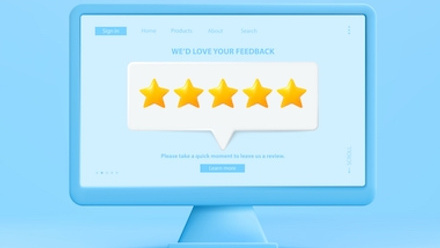How health and wellbeing benefits can engage your workforce

So how can the use of health and wellbeing benefits help stem discontentedness and promote an optimum work-life balance?
Productivity and morale is intrinsically linked with health and wellbeing and, as such, employee happiness and engagement can be boosted by establishing valuable benefits, cultivating a positive culture of wellness, encouraging more effective management, and combatting stress and strain-related issues.
What do employees want?
Employee feedback is the litmus test for wellness programmes and should act as the driver for any future strategies.
After all, a high level of engagement will only exist if benefits are seen as truly valuable and relevant to the workforce.
Considering that less than half (44%) of employees are satisfied with the range of benefits they receive from their employer and two-fifths claim that initiatives offered by their employer do not meet their needs, there is an evident disconnection between what employers think employees need and what they really value.
In order to overcome this, businesses should aim to be transparent with the workforce, give them a voice and help them feel empowered.
Somewhere to turn
Communication with employees is important if employers are to better understand prevailing health issues, provide appropriate support and make workplace adjustments where necessary.
This kind of open dialogue is key to establishing a positive culture around health and wellbeing and reinforces the message that health and wellbeing is central to the business.
Senior management should be trained in recognising key indicators of stress or strain, so they can take a proactive rather than reactive approach.
Leading by example and embracing health and well-being strategies will inevitably filter down through the ranks, raising awareness of what health initiatives and benefits are on offer, such as EAPs and counselling, and motivating employees to follow suit.
Offer the right kind of help
Some of the issues raised can be sensitive in nature, such as mental health, alcohol consumption, obesity and smoking.
Many staff might see employer intervention in these areas as an unnecessary incursion into their private lives, so a careful approach is important.
Workshops are an ideal way of educating the workforce, without fear of being singled out. These can be conducted by health professionals, who can offer valuable expert advice.
Regular health checks, through biometric testing, health risk assessments, and coaching, can also facilitate employees taking ownership of their own health and wellbeing, with support from their employer.
Health and wellbeing is a long-term commitment
According to WTW’s Staying@Work survey, top priorities of employer’s health and productivity programs are improving and maintaining workplace performance (74%), improving and maintaining workplace safety (73%), raising employee awareness of health and risks (69%) and developing a workplace culture of health (67%).
This reinforces the message that lifestyle health risks can have profound and lasting negative effects on both individual and organisational performance.
Employers that understand the health risks of their own employee population are likely to have greater success forging a holistic health and productivity strategy, with interconnected programs, than employers who take a scattershot approach by offering individual, disconnected programs.
It is important to be consistent with messaging and businesses can help achieve this through health-centric internal marketing campaigns.
Regular email bulletins, briefings, seminars or newsletters might be used to raise awareness of a series of topics, covering everything from stress management to diet.
Employers need to take a coordinated approach based on a clearly communicated strategy that helps employees understand the benefits of participation to both themselves and the company, uses a variety of approaches to encourage engagement and drives behavioural change.
Embrace technology
Wearables and health apps can help further increase engagement in health and wellness by tapping into employees’ lifestyle habits and providing the tools for change.
Furthermore, data on things such as heart rate, fitness routines and daily habits could be very useful when tackling sickness absence, designing wellbeing schemes or, in the future, negotiating the cost of health benefits.
Where wearable data highlights negative trends, action should be taken to provide support and address contributory factors.
To reinforce the benefits offered to employees by wearable technology, companies may look to subsidise devices as part of health and wellbeing programmes.
Adding the element of competition through ‘gamification’ can help assist in the quest for better health standards.
By tapping into the modern and popular ‘gaming’ concept, businesses can encourage employees to compete against each other to reach agreed health goals and make positive behavioural changes in the process.
This, for example, might include individuals competing against each other or departments, boosting morale on the office floor.
Further incentivisation might include workplace rewards for those who hit health targets or achieve their long-term goal; be it a bonus leave day, a bicycle, or health retreat.
This article was provided by Willis Towers Watson.
In partnership with WTW
WTW is a leading global advisory, broking and solutions company.







